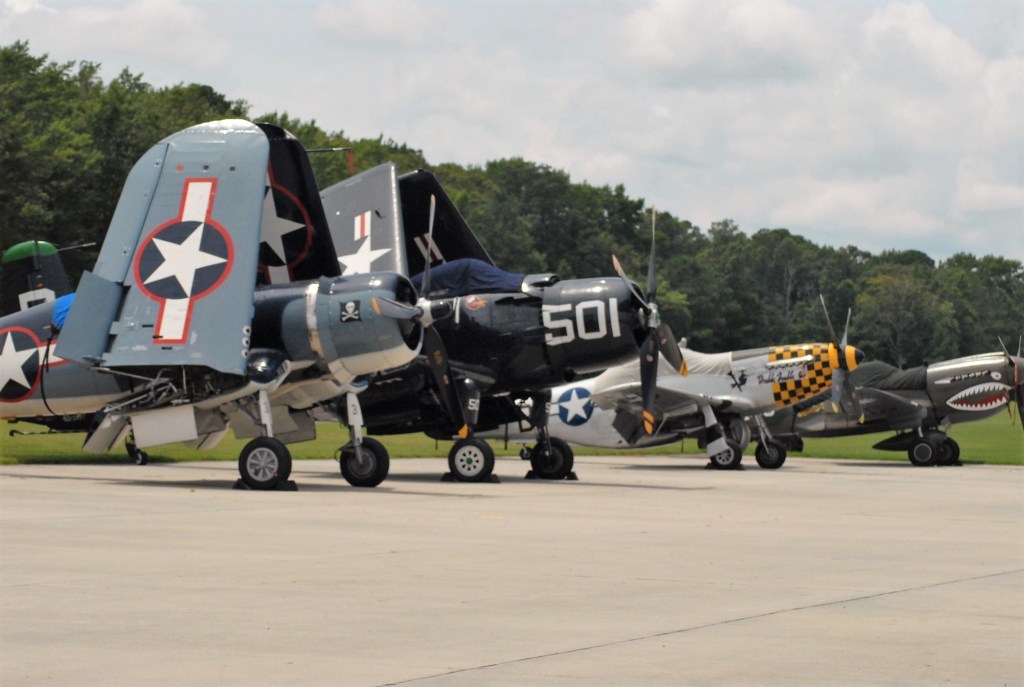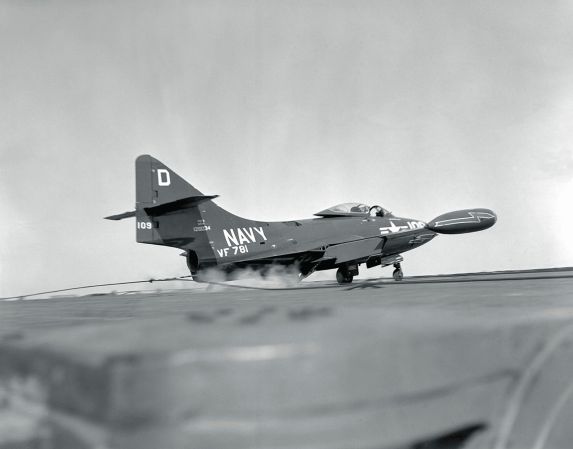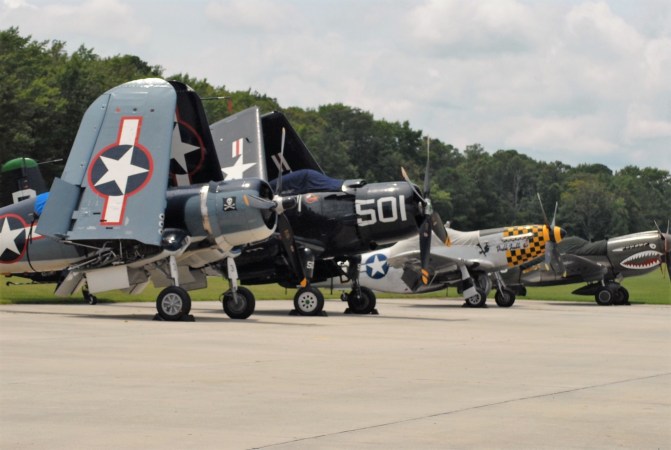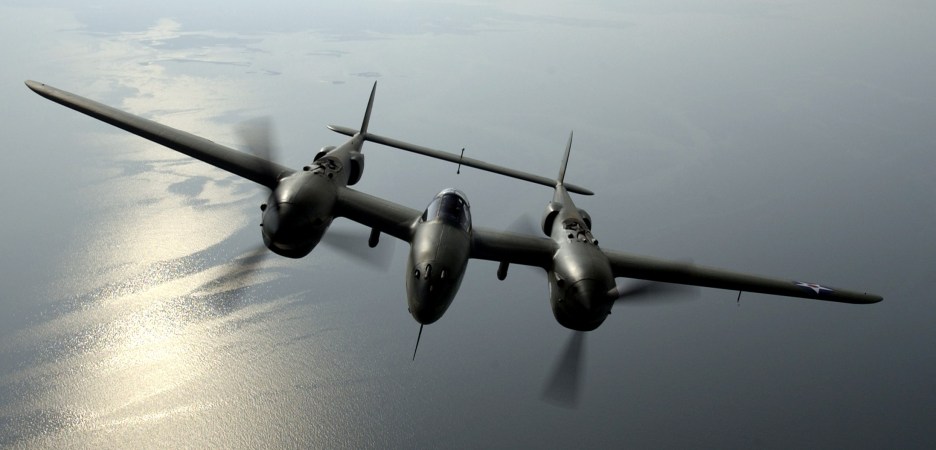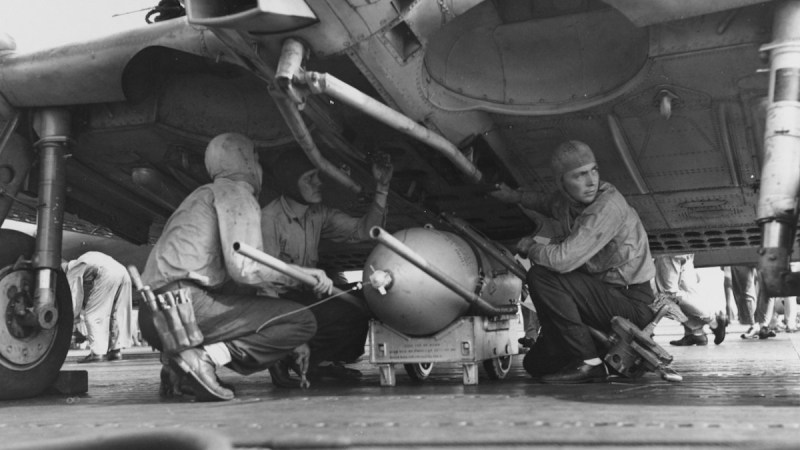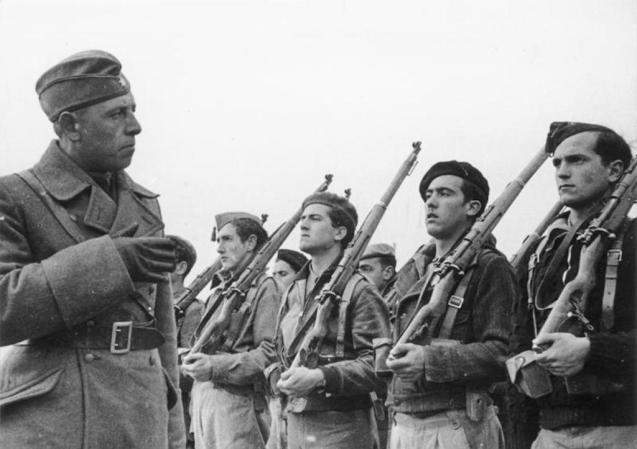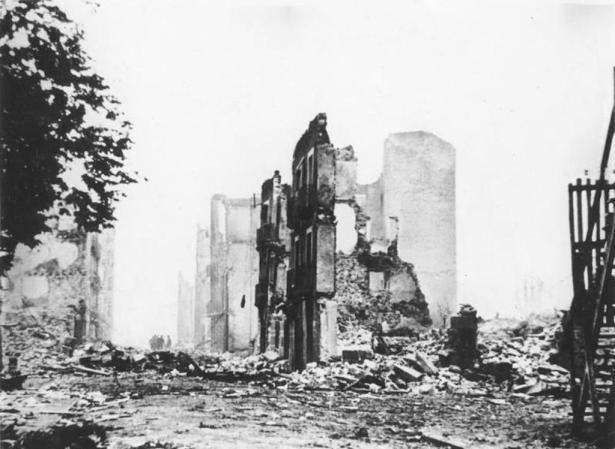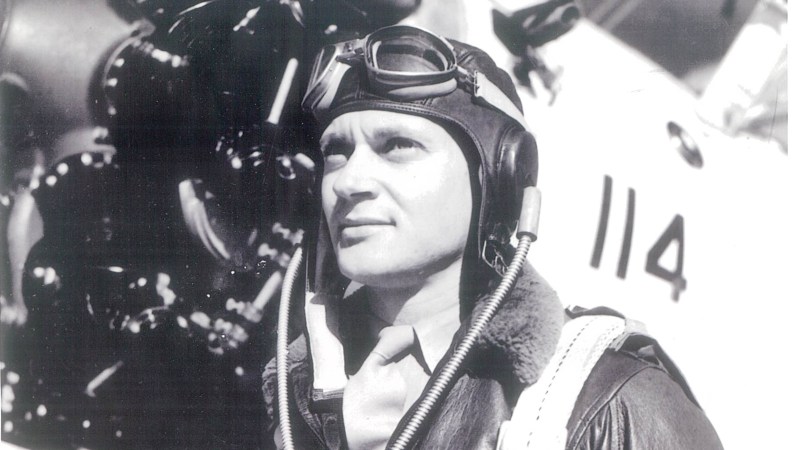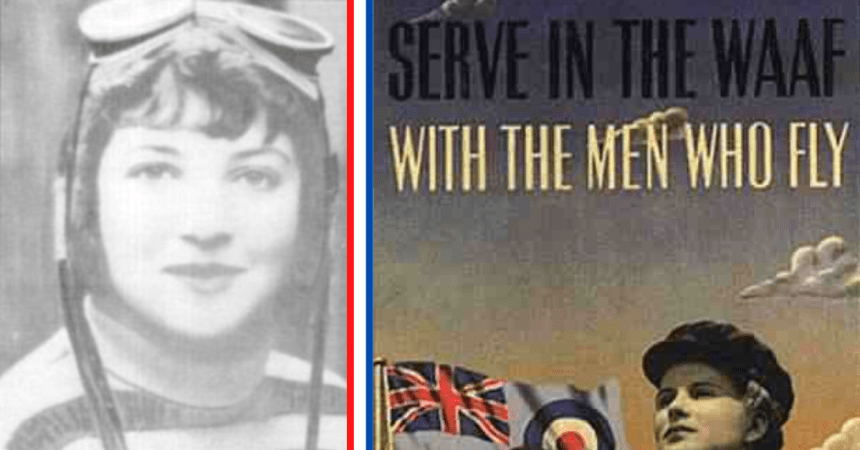Get ready to buckle up and dive into the history of military aviation, where the sky hijinks have come a long way since the Wright Brothers’ first flight. With cutting-edge fighter jets and drones, aviation has transformed warfare in ways that even the great Machiavelli couldn’t have predicted. So, let’s take a trip down memory lane and appreciate the incredible advancements we’ve achieved in military aviation.
Here is our guide to military aviation and warfare
Early Days of Military Aviation
It’s no secret the first aircraft to grace the skies were … less than tech-advanced. In fact, it’s a wonder anyone ever willingly got into them. In 1911, the first-ever military aviation unit formed in Italy. Of course, America couldn’t abide by that, so a few years later, we established our own aviation division. The planes of this era were slow, fragile, and not particularly effective at bombing the enemy. However, pilots quickly discovered that they could engage in some sky hijinks like dropping bricks on the enemy or buzzing their trenches to taunt them.
World War I
World War I saw the first widespread use of military aviation. During WWI, we used planes for reconnaissance, artillery spotting, and even dogfighting. The Red Baron and other aces became household names, and pilots on both sides of the conflict became celebrities. Planes were still not particularly effective at dropping bombs, but they could strafe enemy positions with machine guns. The development of air-to-air combat tactics made aerial combat even more deadly. That’s to say nothing of the invention of the interrupter gear, which allowed machine guns to fire through the propeller without hitting it).

Between the Wars
After World War I, military aviation went through a bit of an awkward phase. Planes got faster and more reliable, but they were still relatively fragile and had limited range. Pilots flew open-cockpit biplanes. Manual navigation meant maps and compasses. That’s not exactly what you want when you’re tens of thousands of feet in the air. The first aircraft carriers were developed. Later, experiments showed mid-air refueling was possible. However, there were no major conflicts, so aviation was mostly used for showboating and racing.
World War II
World War II saw a huge leap forward in military aviation. Planes became faster, more powerful, and more deadly. Bombers could carry heavy payloads for long distances. Adding to that, fighter planes now had powerful machine guns and cannons. The use of radar and the development of electronic countermeasures made planes more effective at finding and destroying enemy targets. The Battle of Britain and the Doolittle Raid both demonstrate the devastating power of military aviation.
Cold War
The Cold War saw the development of some of the most iconic military aircraft in history. The F-86 Sabre, the MiG-15, the F-4 Phantom, and the MiG-21 all saw action in Korea and Vietnam. The U-2 spy plane and the SR-71 Blackbird pushed the limits of speed and altitude, and the B-52 Stratofortress and the Tu-95 Bear became symbols of nuclear deterrence. Military aviation became more complex and specialized, with different planes designed for specific roles such as ground attack, air superiority, and reconnaissance.
Francis Gary Powers, an American pilot who flew the Lockheed U-2 spy plane, gained fame during the Cold War. While conducting recon, his plane was shot down on May 1, 1960. Two years later, America finally managed to negotiate his release in a prisoner exchange. The incident heightened tensions during the Cold War and strained U.S.-Soviet relations. In 2015, Steven Spielberg directed the film Bridge of Spies, starring Tom Hanks, which depicted Powers’ story.
Modern-Day

Today’s military aircraft are way more advanced than ever. Stealth technology allows planes to evade enemy radar, while precision-guided munitions allow for surgical strikes with minimal collateral damage. Drones and unmanned aerial vehicles (UAVs) are becoming increasingly common, allowing for missions that would be too dangerous for human pilots.
The F-35 Lightning II and the Chengdu J-20 are the most advanced fighter jets in the world, with advanced avionics and weapons systems that allow them to dominate the air battlefield. Helicopters have also become a critical component of modern military aviation, with the AH-64 Apache and the Eurocopter Tiger serving as examples of highly effective attack helicopters.
Speaking of advancements, modern-day aviator Lieutenant Colonel Merryl Tengesdal, made history back in 2020. That’s when the Black female aviator became the first to pilot the U-2 Dragon Lady spy plane, which is one of the most advanced and sophisticated reconnaissance aircraft in the world. Prior to piloting the U-2, Tengesdal flew the KC-135 Stratotanker and the C-130 Hercules and has over 3,000 flight hours. Her achievements and contributions to the Air Force serve as an inspiration and a testament to the diversity and capabilities of modern-day aviators.
Military aviation has come a long way since the Wright Brothers’ first flight. From the early days of sky-hijinks to the advanced fighter jets and drones of today, aviation has changed the way wars are fought in ways that few could have predicted. It’s been a wild ride, and one can only imagine what the future of military aviation holds. But for now, let’s just be grateful that we can all travel in comfort and safety, without the fear of getting buzzed by some joker in a biplane.


